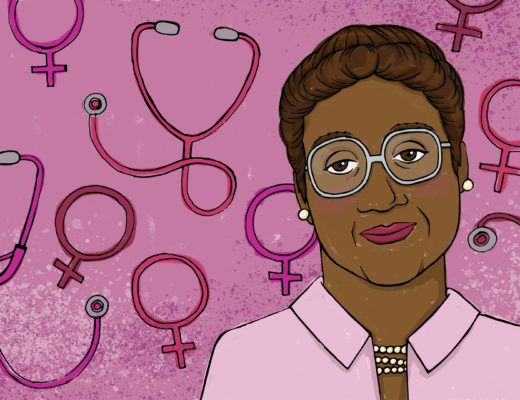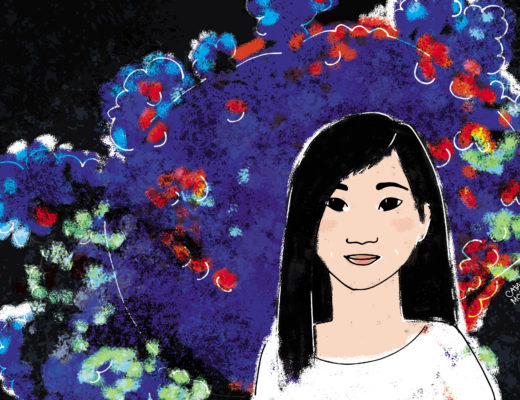Illustration by Nina Chhita ([email protected])
Anne McLaren (1927- 2007) defined her interests as “everything involved in getting from one generation to the next.” This was true not just of her science, but also of her motherhood, mentorship, and contributions to reproduction science policy.
Born in London in 1927, McLaren’s childhood was disrupted by her family’s move to North Wales at the outbreak of World War II. Later, she would divide her life into two periods: before Wales and after. She rejected the local options for formal tutoring, instead choosing to organise her own correspondence education with tutors back in London. After the war, she realised that the informal education she had gotten on the grounds of a rural estate had better prepared her for entrance exams in biology than in her intended focus of English Literature. She received a degree in zoology from the University of Oxford in 1949, and went on to receive a PhD in 1952.
A revolutionary methodology that would change lives
After earning her doctorate, McLaren and her new husband, Donald Michie, moved to University College London (UCL) to study how the uterine environment—such as hormone levels, nutrients, and placenta size—influences the early skeletal development of mice. To do this work, she needed to develop techniques that would allow her to distinguish between the effects of the uterine environment from those of the embryo’s genes; she needed to transfer embryos into surrogate mother mice. McLaren and her co-author John Biggers published several papers showing that, with the right conditions, mice could successfully give birth to babies conceived in a dish in the laboratory and then transferred into the mother’s uterus. And this is how in vitro fertilisation (IVF) was born.
The technology originally developed by McLaren simply as a method to answer a research question, was immediately considered for clinical applications to help couples struggling with infertility. Since the first “test-tube baby” born in 1978, IVF has assisted in the births of over 8 million babies!
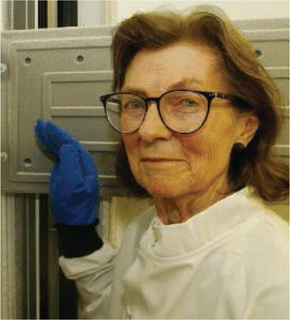
Around the time this research was being published, McLaren and Donald Michie divorced. They remained close for the rest of their lives, but the divorce meant McLaren became a part-time single mother to their three children. The value she placed on her motherhood was obvious to all, as she always advocated for child-friendly lab spaces and would chastise colleagues who worked too much past 5pm. To her trainees and her children, she “always conveyed the feeling that research is fun”, according to her co-author John Biggers.
After the divorce, McLaren moved her family to the University of Edinburgh in the early 1970s, where she began studying how single cells in an embryo develop into specialised tissues and organs. For this work, she used a clever genetic trick based on chimeras, which are organisms with mosaics of cells carrying different DNA sets, called genotypes.
Although chimeras can occur naturally, researchers create them by transplanting cells from an embryo into another embryo with a different genotype. Why is this such a brilliant strategy? Each embryonic cell will divide and develop into a specific cell type, such as skin or heart cells. In chimeras, each cell with a certain genotype will eventually show up in a tissue or organ–maybe cells with genotype A appear in the liver and cells with genotype B in the kidneys. This allows researchers to track the developmental history of each single embryonic cell, kind of like a genetic tagging system. McLaren was a world expert in mammalian chimeras and published a classic textbook on the subject in 1976.
She pioneered research in the field of gene-environment interactions in embryonic development as the director of the Medical Research Council’s Mammalian Development Unit at University College London (1974-1992), and then as an investigator at the Wellcome Cancer Research Institute (later The Gurdon Institute) at the University of Cambridge.
Making a positive impact beyond research
McLaren never shied away from the ethical questions raised by IVF, pre-implantation genetic diagnosis, and chimeric stem cell research. She served as a member of the Warnock committee, formed following the birth of Louise Brown, the first baby conceived by IVF, where she made policy recommendations about the regulation of human fertilisation and embryology.
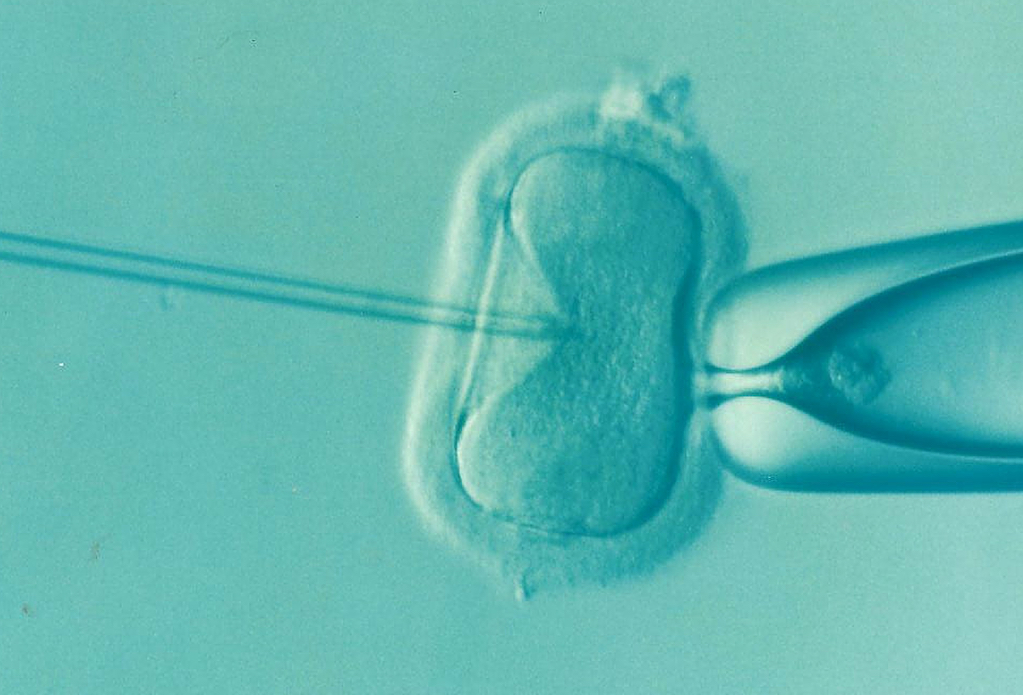
She actively communicated with both the public and policymakers about the importance of these lines of research and the opportunities they provided to help both individuals and society as a whole. Baroness Mary Warnock, chair of the committee, once commented that McLaren had “spellbinding powers of exposition and explanation” when it came to explaining the science of fertilisation. According to her co-author John Biggers, she once did a television interview where she explained their early experiments with embryo transfer and surrogacy with a little white mouse running up and down her arm.
McLaren’s advocacy work didn’t end at British borders. During the Cold War, she traveled frequently to the USSR, meeting with scientists and strengthening ties with Soviet science academies, often smuggling in cash to help support financially-struggling scientists. She promoted science in developing countries, including Cuba, China, and India, and worked to establish collaborations between these countries and the UK. Unfortunately, her travels were limited in some regards. Out of an unshakable belief in social justice and egalitarian principles, she was an active member of the Communist Party of Great Britain, which resulted in an inability to travel to the United States for much of her career.
McLaren was elected as a fellow of the Royal Society in 1975, and was the first woman to serve as an officer in this prestigious society, first as foreign secretary and then as vice president. She was president of the British Association for the Advancement of Science and the Association for Women in Science and Engineering. Her long career was capped in 2002, when she received the Japan Prize, Japan’s version of the Nobel Prize, for her work in mammalian embryonic development.
In 1993, McLaren was made a Dame of the British Empire, but, never one to feel beholden to convention, she was an unorthodox Dame. Her son recalled that Buckingham Palace once called to invite McLaren to lunch with the Queen. After perusing her schedule, she replied, “Oh bother, I’m really rather busy at the moment, but thank you anyway.” Though she traditionally eschewed using titles, McLaren particularly rejected “Dame” on the grounds that it sounded “frumpy” and not as “dashing” as the male equivalent of “Sir”. So her research group often called her “Sir Anne”.
Anne McLaren died in a tragic car accident alongside her former husband Donald Michie, in 2007 at the age of 80. She remained active in research at the Gurdon Institute until the day before her death. During her career spanning over half a century, she was a pioneer of embryology and reproductive technology, opened the door to infertility solutions that have helped millions of couples, trained eminent developmental biologists, and in a time where motherhood was often seen as the end of a scientific career, proved that the two could co-exist. Even if that means sometimes saying no to the Queen.
Image credits: Fiona Hanson/PA Photos/Landov (Source Sciencemag.org) and Pixabay.
Sources:
http://www2.gurdon.cam.ac.uk/downloads_public/anne-donald.pdf
https://www.zoo.cam.ac.uk/alumni/biographies-of-zoologists/dame-anne-mclaren
https://www.futuremedicine.com/doi/full/10.2217/17460751.2.5.853https://www.theguardian.com/science/2007/jul/10/uk.obituaries
https://www.nature.com/articles/ng0907-1041
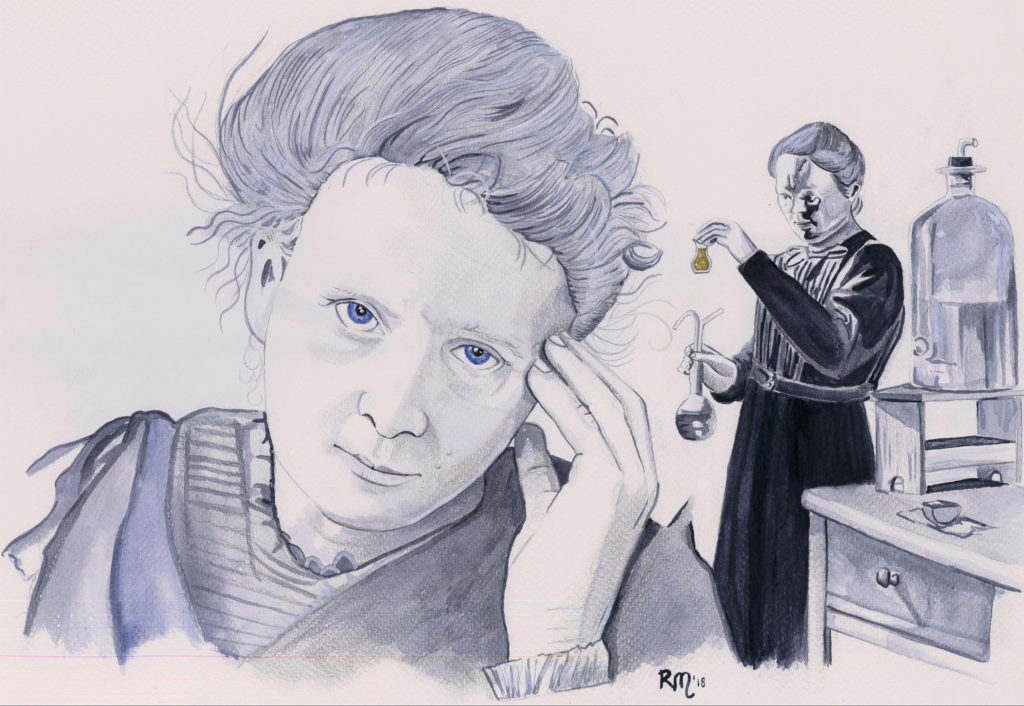
If you enjoyed learning about Anne McLaren’s life and work, you will probably also enjoy reading “How to raise a Nobel Prize winner- learning from the life of Marie Curie“, a biography that shows a less-known side of this amazing woman in science.



